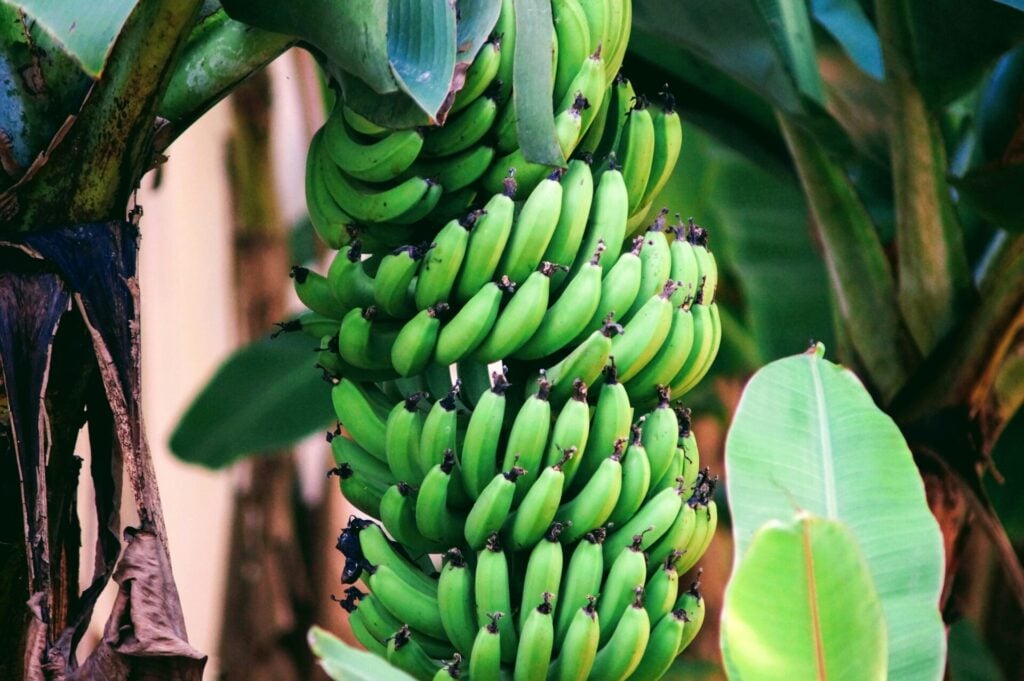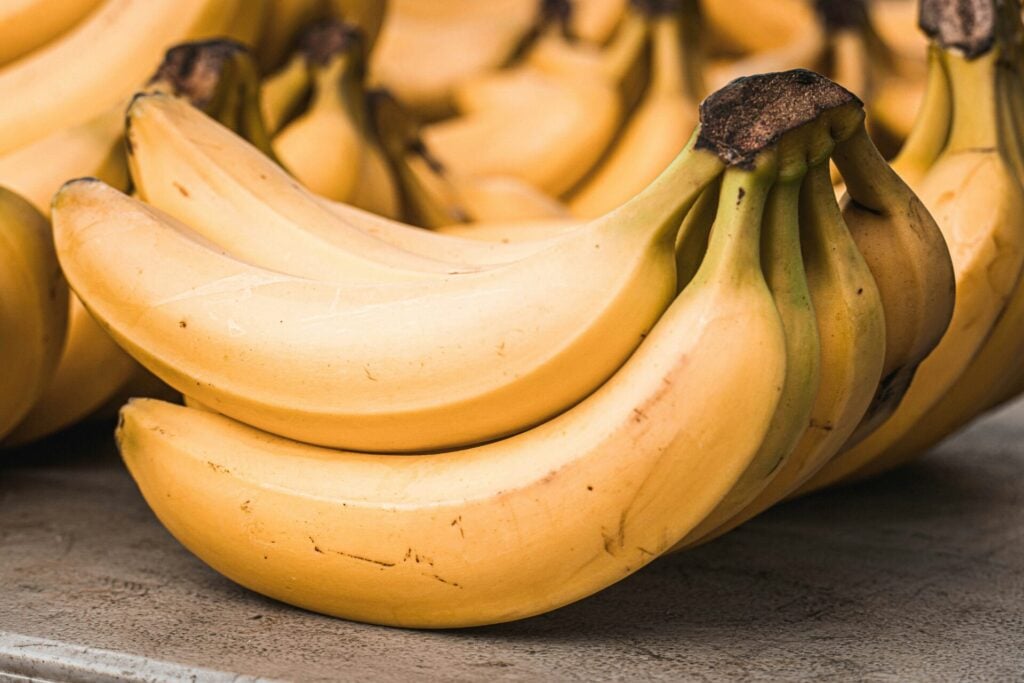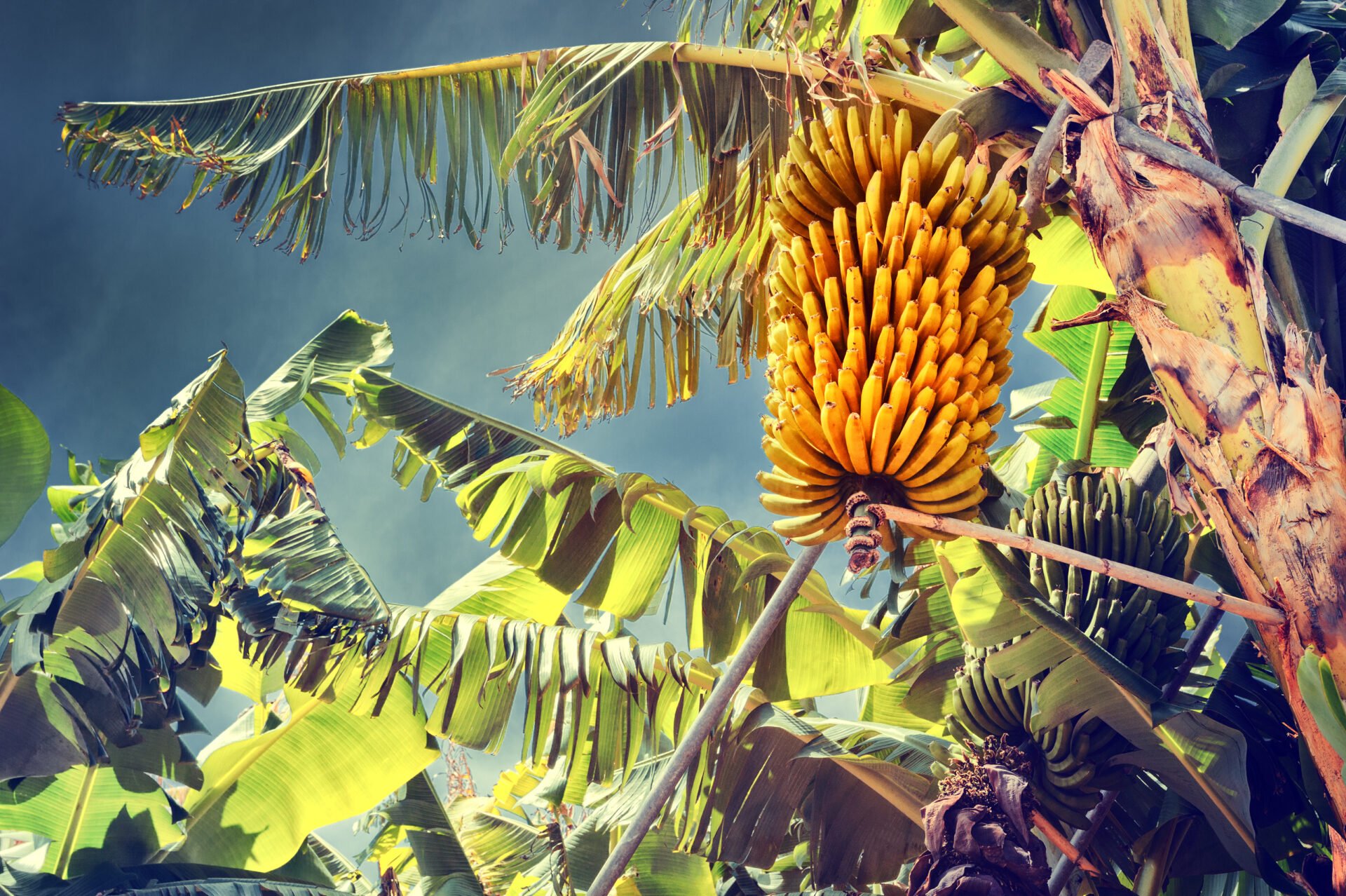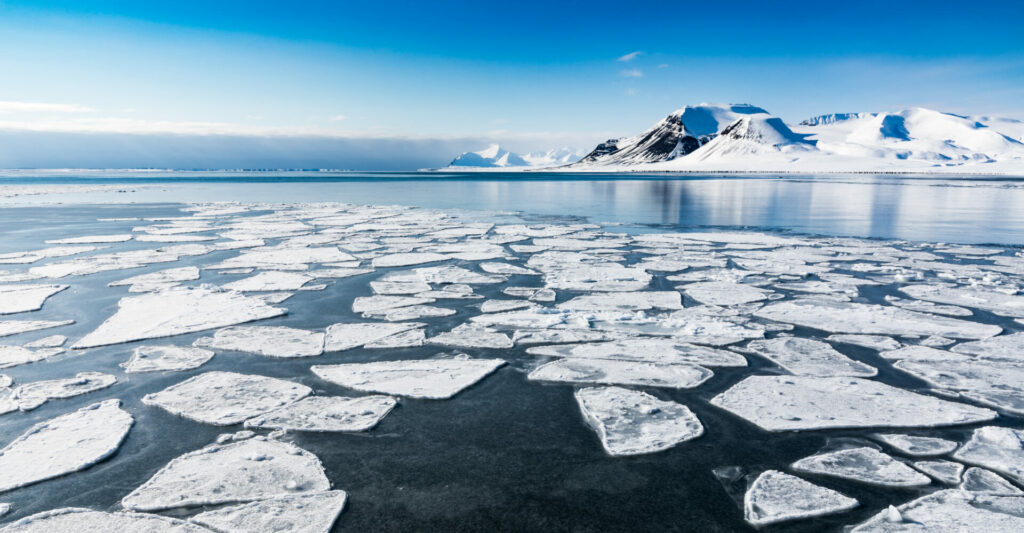The future of the world’s most popular fruit -bananas – is under threat from the climate crisis.
Researchers have discovered that almost two-thirds of its growing areas in Latin America and the Caribbean may no longer be suitable for cultivation by 2080.
Rising temperatures, extreme weather and climate-related pests are devastating banana-growing countries such as Guatemala, Costa Rica and Colombia.
They are combining to reduce yields and impact rural farming communities according to Christian Aid’s new report, ‘Going Bananas: How Climate Change Threatens the World’s Favourite Fruit’.
Bananas are the world’s most consumed fruit, and the fourth most important food crop globally, after wheat, rice and maize.

About 80 per cent of bananas grown globally are for local consumption, and more than 400 million people rely on the fruit for 15 per cent to 27 per cent of their daily calories.
Holly Woodward-Davey, project co-ordinator at Banana Link, which works across the supply chain, said: ‘The climate crisis and the associated biodiversity crisis demand a rethink of industrial food production systems, which depend on the use of increasing amounts of harmful chemicals.
An estimated four-fifths of banana exports which supply supermarkets around the world come from Latin America and the Caribbean, among the world’s most vulnerable regions to extreme weather and global warming
‘Governments must continue to take decisive action to reduce greenhouse gas emissions and ban the most toxic chemicals while investing in transitions to fair, stable and healthy food systems.’
A Perfect Storm of Climate Threats
An estimated four-fifths of banana exports which supply supermarkets around the world come from Latin America and the Caribbean among the world’s most vulnerable regions to extreme weather and global warming.
The crop is under threat from the human-made climate crisis, which threatens both the vital food source and the livelihoods of communities that have contributed virtually nothing to the greenhouse gases driving global heating.

‘Climate change has been killing our crops. This means there is no income because we cannot sell anything. What is happening is that my plantation has been dying. So, what has been happening is death,’ Aurelia Pop Xo, a banana grower in Guatemala, told researchers.
Bananas require a temperature range between 15C and 35C to thrive, and just enough water, but not too much. They are sensitive to storms, which can cause a banana plant to shred leaves, making it much harder for the crop to photosynthesise.
While there are hundreds of banana varieties, the cavendish accounts for the vast majority of exports since it was chosen by the fruit conglomerates for its flavour, hardiness and high yield, but this lack of genetic variation makes bananas particularly vulnerable to the rapidly changing climate.
Bananas, Fungus and the Fight for Survival
The climate crisis also directly harms growing conditions, and contributes to the spread of fungal diseases that are already decimating crops and livelihoods. Black leaf fungus can reduce the ability of banana plants to photosynthesize by 80 per cent and it thrives in wet conditions, making bananas at risk from erratic rainfall and flooding.
Rising temperatures and changing rain patterns are exacerbating another fungus, fusarium tropical race 4, a soil-borne microbe which is devastating entire cavendish plantations across the world.
In light of the findings, Christian Aid is urging developed nations to urgently reduce their carbon emissions to stem the growing impacts of climate change.

It also calls for international climate finance to support banana growers and agricultural communities to adapt to the changing climate.
Also, consumers and businesses are being urged to choose bananas certified as Fairtrade, which ensures farmers are paid more for their crops.
Anna Pierides, Fairtrade Foundation’s senior sustainable sourcing manager for bananas, said: ‘Without fair prices, banana farmers simply cannot make ends meet.One way businesses can support this is through our Shared Impact initiative, which brings buyers together to ensure longer-term sourcing commitments, greater transparency and more opportunities for banana growers to sell more on Fairtrade terms.’









